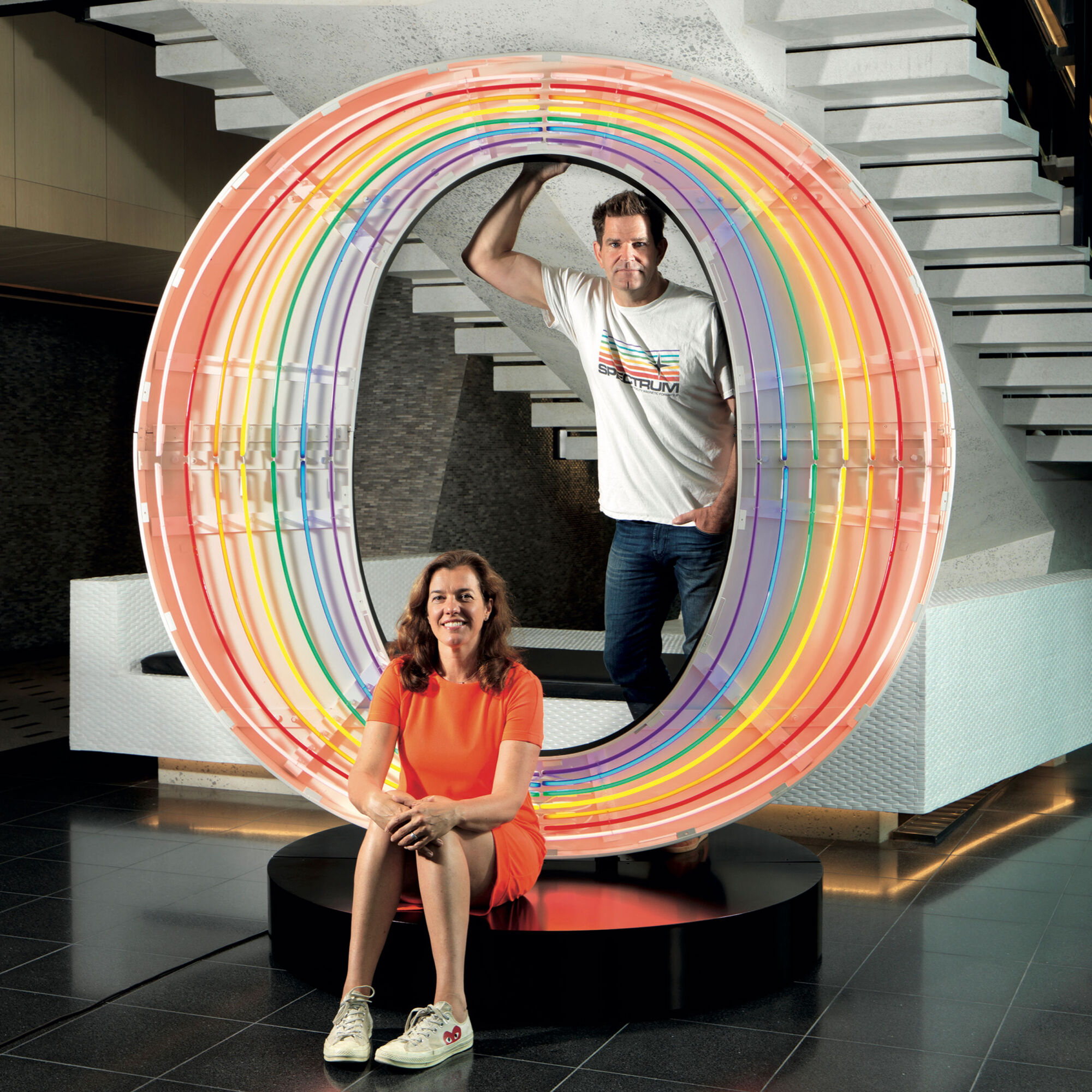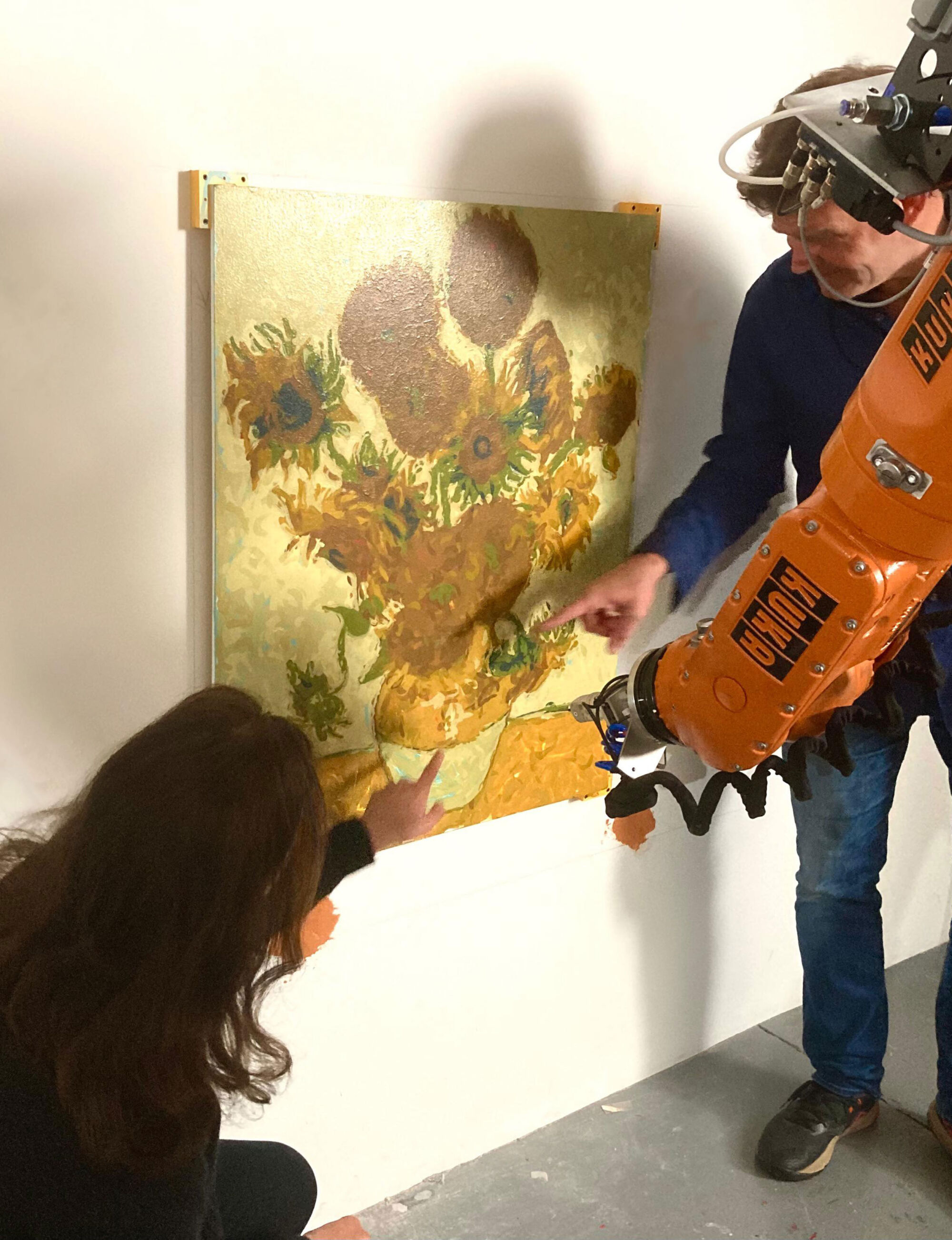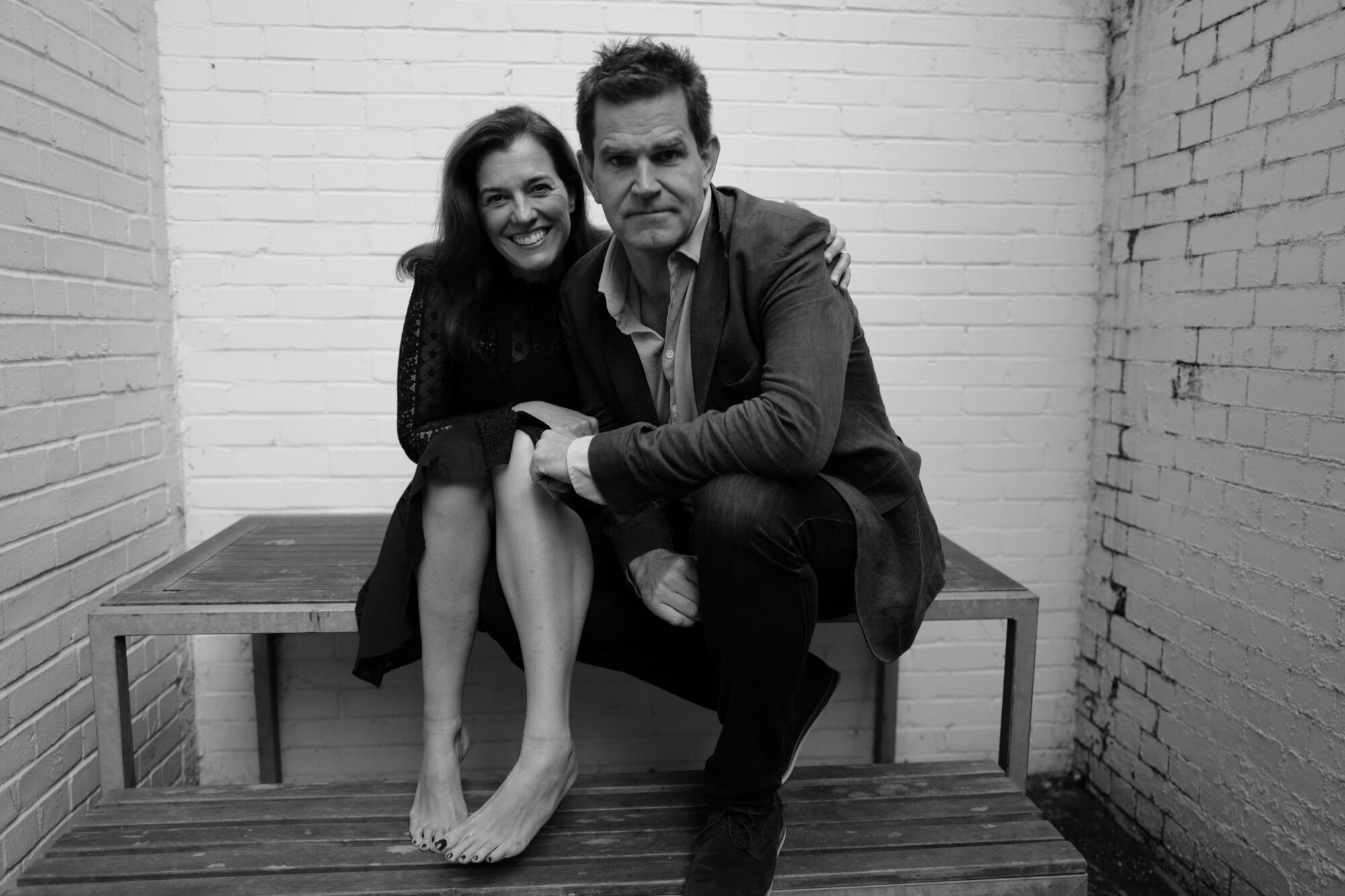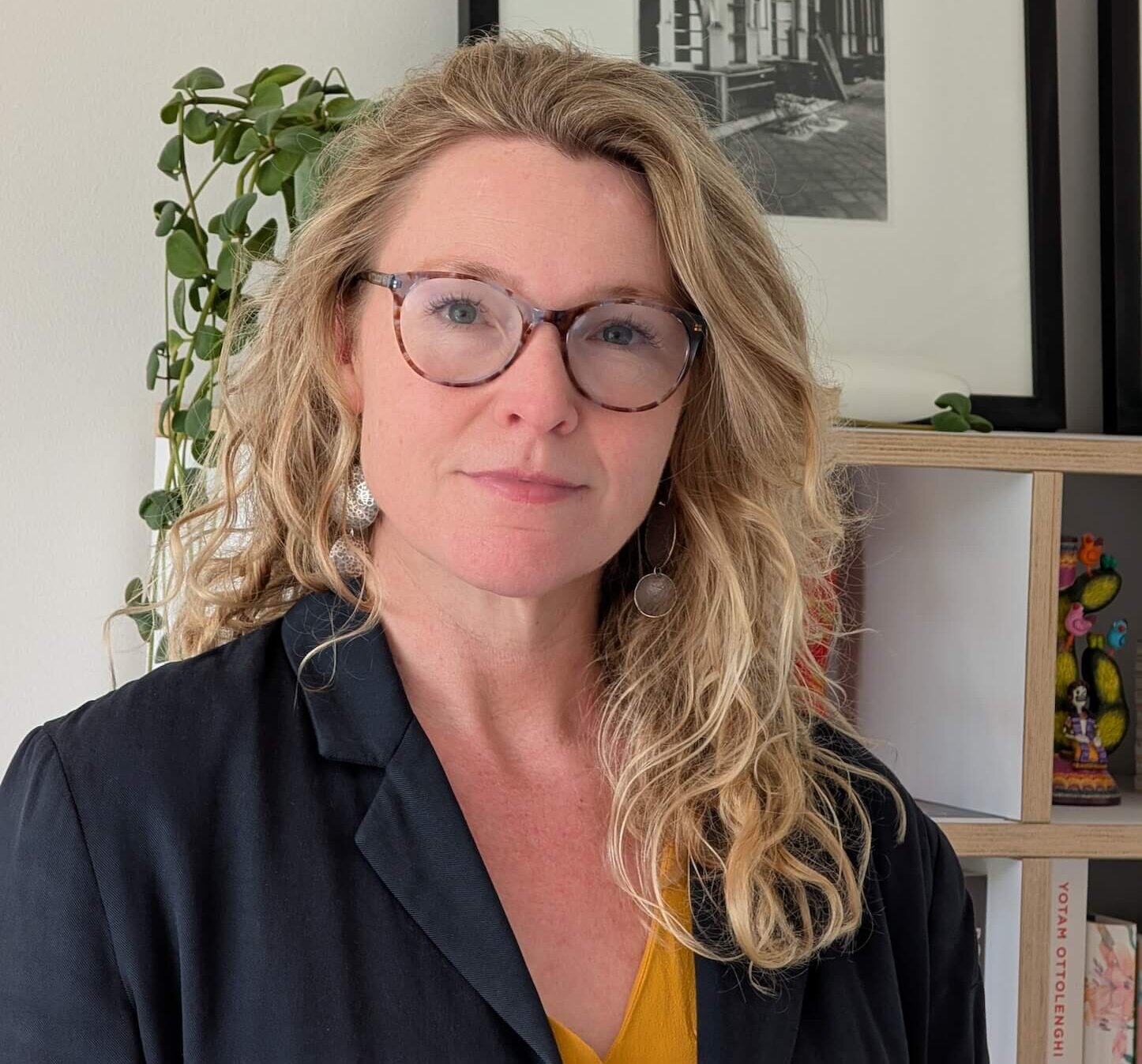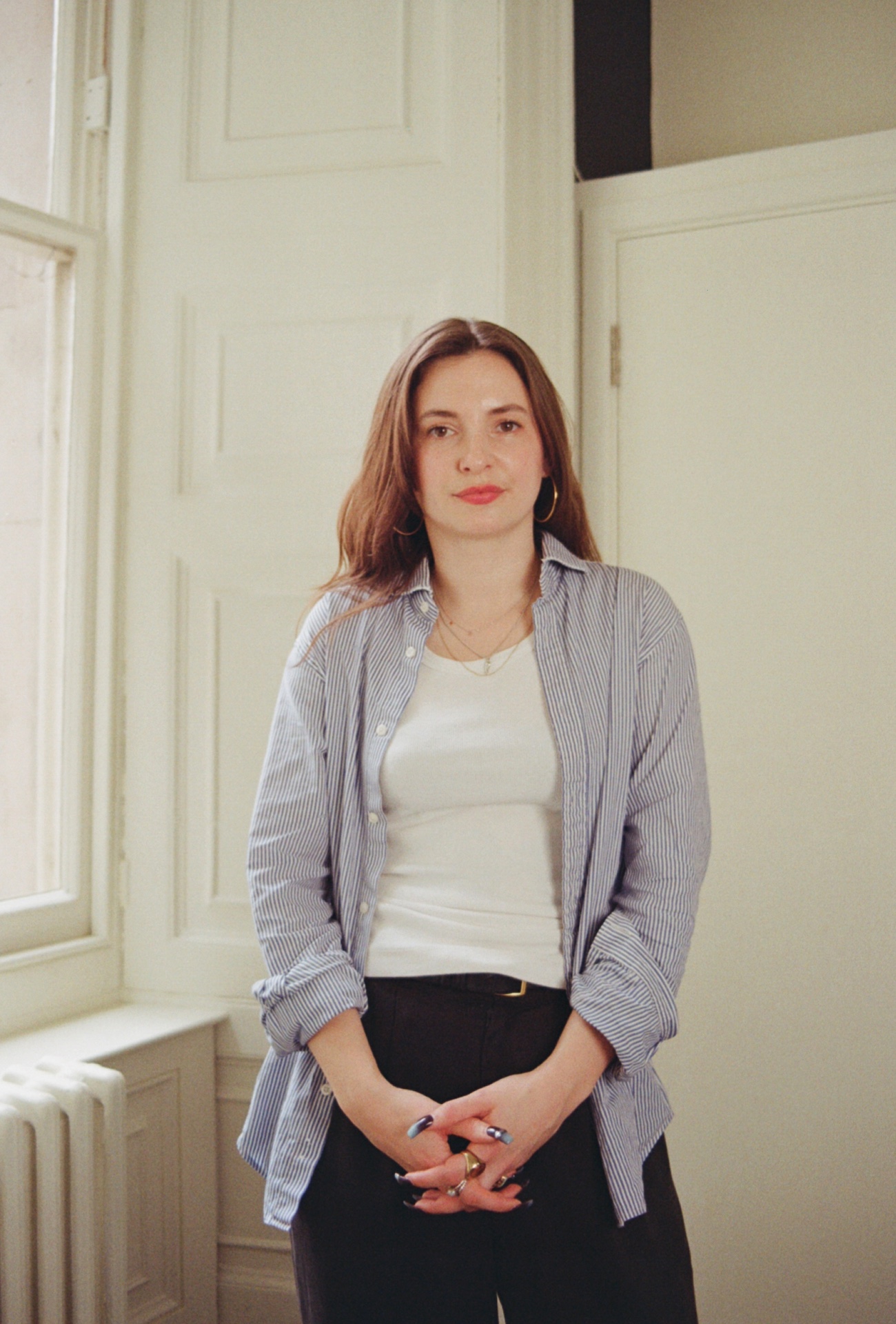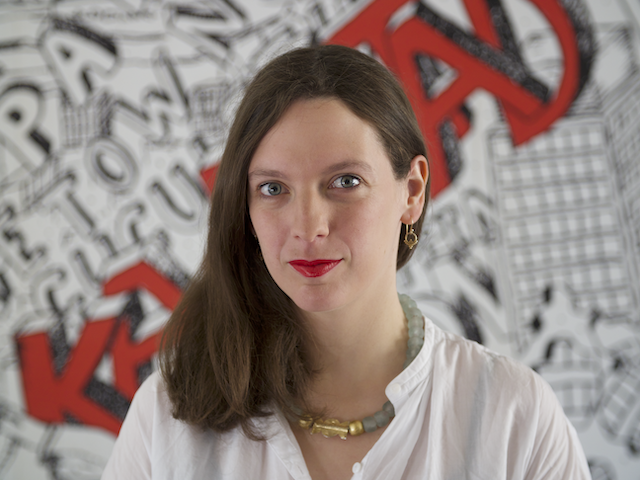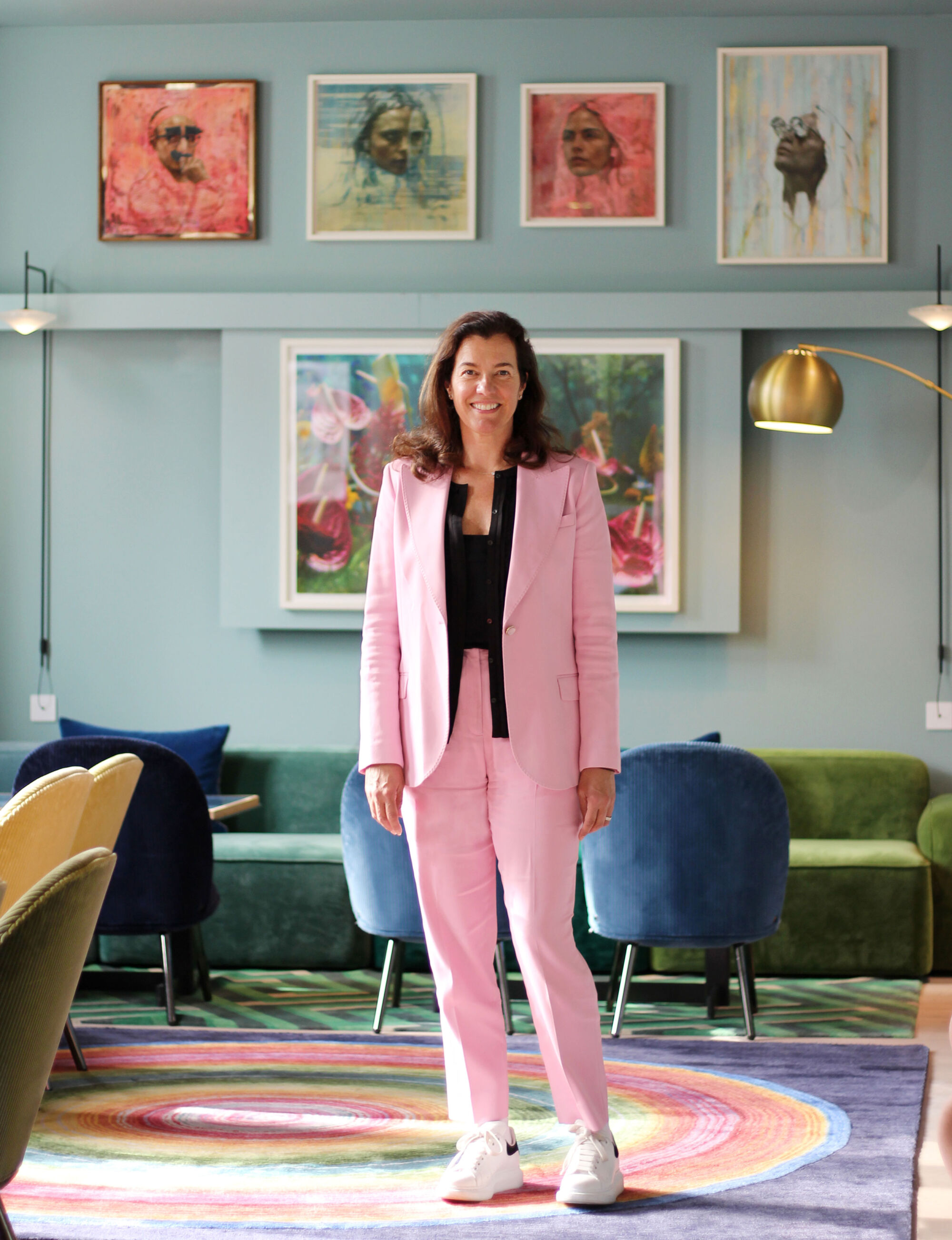

Interview Artist and Curator Nicky Carter
Carter is also the director of art and longest-serving member of staff at London’s legendary The Groucho Club. After joining the bar team after studying at Goldsmiths, she was invited to start one of the most impressive collections of contemporary British art. In exchange for lifetime memberships, she convinced contemporaries including Damien Hirst and Mark Quinn to donate pieces to the members’ club. In recognition of her work, a new space, The Carter Room, has recently been named in her honour and will see pieces by Philip Colbert, Chris Levine and Helen Beard adorn its walls. Carter looks forward to dancing on its tables soon. Until then, she’s everything you could want in a Monday Muse below.
THE WICK: Talk us through your typical Monday.
Nicky Carter :
It would start with a run or walk around Hyde Park, which we are lucky enough to live next to. It would then be split between our ‘working’ studio in Acton and our viewing space on Bathurst Street, London.
Over the last three years we have been working with KUKA and a team of cutting-edge software programmers to teach a robot to paint in a style we created. We have been very busy executing commissioned portraits over lockdown and we are continuing to push the boundaries of this new medium with the introduction of painting in colour. We have also acquired another robot to paint with light in complete darkness, which we are filming at the moment.
We opened our viewing space RN at 5A in 2017; we are open to the public and welcome collectors and friends daily. Some artists wouldn’t like inviting people into their creative space, but we really enjoy studio visits and events creating a platform for our work to be discussed.
TW: What has the past year taught you?
NC:
Life doesn’t always go to plan. It has made me really value my friendships and it has been wonderful for Rob and me to spend so much time with our two daughters who are now 21 and 19. We have been very lucky to be able to continue working in London throughout lockdown.
Our ‘Dark Factory Portraits’ exhibition, of portraits painted by the robot, launched at Ben Brown Fine Arts on 11 February 2020 and closed four weeks later due to Covid-19. However, in many ways it became the ideal project during the pandemic, as we were able to continue operations, remotely behind closed doors, taking private commissions for the robot to paint. The genesis for these portraits is simply a photograph, colour or black and white, physical or digital. Collectors were afforded the time to go through albums with a sense of nostalgia, selecting their favourite image to be painted by our robot while they watched from home as the portrait evolved in real time via a webcam.
We have also been blown away by artists’ ability to adapt and their resilience, in particular friends of ours working with the Artist Support Pledge, the brainchild of artist Matthew Burrows.
TW: Your art feels very hopeful, focused on the possibilities of colour and light. What role do you think art has played during the pandemic?
NC: I think art has been a beacon of hope. Artists have always worked alone and this hasn’t changed, but the lack of social interaction has been a problem. Social media has been a big part of sharing ideas and catching up, which is positive. Art materials have been in short supply as so many people have taken up making art. The benefits of making art in whatever form are huge.
TW: You have collaborated with your husband for over two decades. What form does that collaboration take?
NC:
I studied Fine Art and History of Art at Goldsmiths and Rob comes from a photographic background. When we started working together in 1998 we combined all our practices, so our work is always a hybrid of media. We are particularly interested in using cutting-edge technology whether it be 3D printing, CGI and, more recently, robotics. Artists have always used the tools at their disposal, so it seems very natural for us to embrace the future while always having an eye on the past. We are constantly bouncing ideas off each other; our ideas are continually being refined. This feels like a very instinctive process for us and is hard to define, as it is totally unconscious. We feel very lucky to have one another.
We both share an interest in light, form and colour and have a very similar aesthetic. We can both go to an exhibition and come out having weirdly liked the same pieces.
“We believe the use of robotics and AI is soon to become another accepted language within the realm of art.”
Nicky Carter
